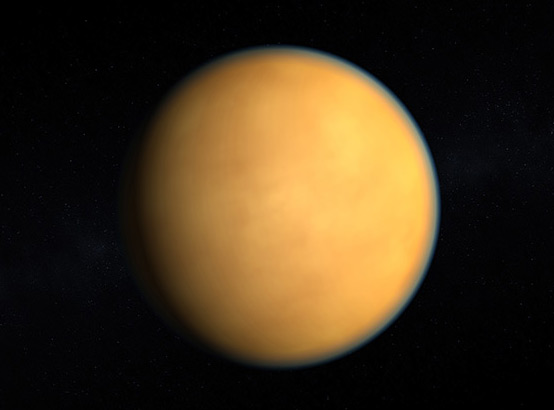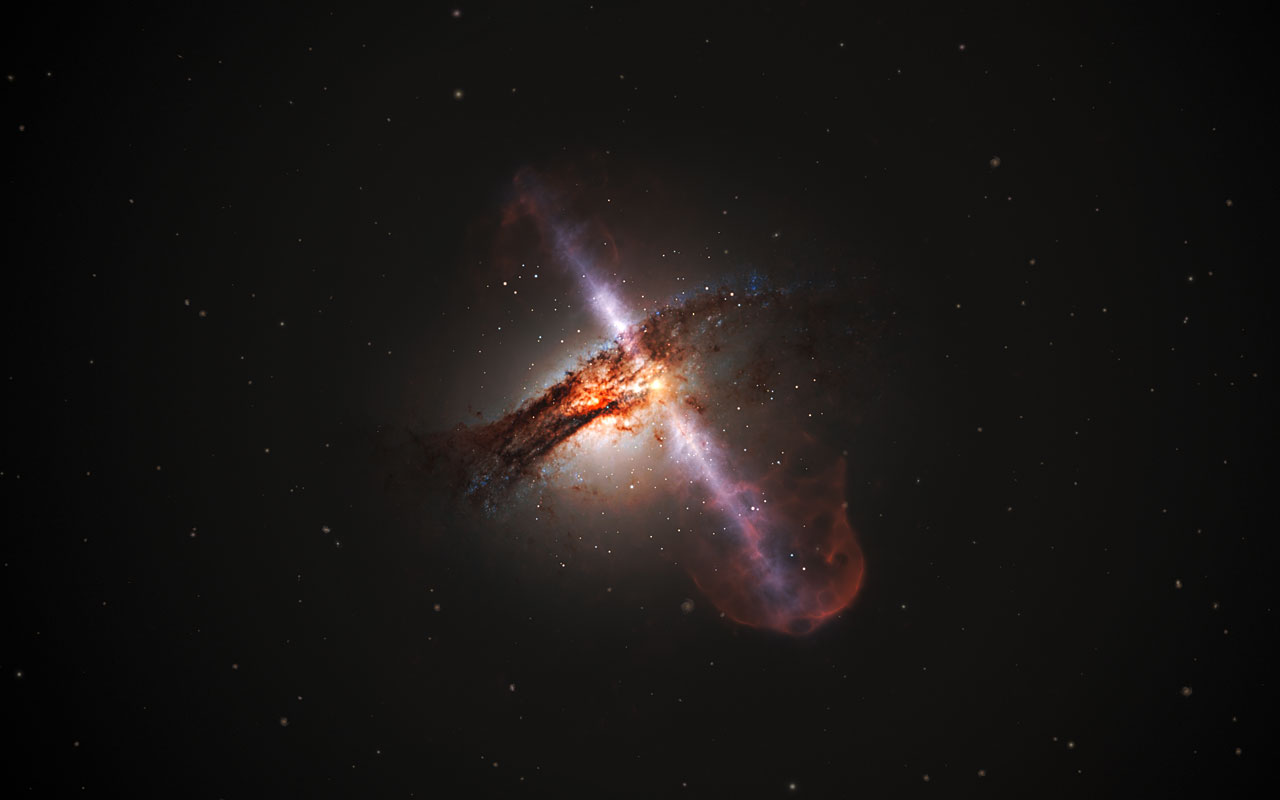
Engineers at the National Aeronautics and Space Administration (NASA) have found a way to help scientists gain access to worlds located in the depths of outer space: the Shapeshifter robot.
Currently being tested in a robotics yard at NASA's Jet Propulsion Laboratory (JPL) in California, the current Shapeshifter prototype, according to its engineers, can split itself in half, with each piece becoming two mini robots – dubbed “cobots” – that are capable of independent flight and movement, thanks to the presence of small, built-in propellers.
Shapeshifter is one of several projects funded by the NASA Innovative Advanced Concepts program, which is meant to test far-out ideas that could be useful for space exploration in a few decades.
According to JPL Principal Investigator Ali Agha, their goal for the Shapeshifter is the creation of several autonomous robots that can either self-assemble into larger contraptions or split and move independently depending on the demands of a space mission.
The cobots will be programmed to allow them to join up automatically without the need for commands from Earth.
Because of its mobility and its ability to self-assemble into a much larger machine, the Shapeshifter is perfect for exploring the watery environs of Titan, Saturn’s largest moon.
"We have very limited information about the composition of the surface. Rocky terrain, methane lakes, cryovolcanoes — we potentially have all of these, but we don't know for certain," Agha said in the statement. "So we thought about how to create a system that is versatile and capable of traversing different types of terrain, but also compact enough to launch on a rocket."
According to Agha, their ultimate vision for the Shapeshifter is the creation of a “mothercraft” lander similar to the European Space Agency's (ESA) Huygens Probe, which touched down on Titan after being deployed via parachute by NASA's Cassini spacecraft. (Related: Cassini mission reveals another giant, mysterious vortex on Saturn’s northern pole.)
This "mothercraft," as Agha calls it, would serve as an energy source for a fleet of cobots, as well as carry the scientific instruments to perform in-depth sample analysis.
Rather than simply staying in place like conventional landers and rovers, however, the Shapeshifter mothercraft would be mobile – a feat that can be achieved by commanding its cobots to lift and carry it to different locations within the moon.
"It is often the case that some of the hardest places to get to are the most scientifically interesting because maybe they're the youngest, or they're in an area that was not well characterized from orbit," Jason Hofgartner, JPL's lead scientist for the Shapeshifter program, said in the same statement.
According to Hofgartner, Shapeshifter's remarkable versatility enables access to all of these “scientifically compelling” places.
Why Titan?
Discovered by Christiaan Huygens in 1655, Titan is Saturn’s largest moon and the second-largest natural satellite in the Solar System, coming in after Jupiter’s Ganymede.
Titan, as noted by the Cassini spacecraft that orbited Saturn between 2005 and 2017, is the only moon in the Solar System known to have clouds and a thick atmosphere – albeit one that’s composed of methane instead of oxygen.
Aside from what passes as an atmosphere, Titan is also the only place in the solar system aside from Earth that has stable surface liquids, with the latter manifesting as lakes and seas.
According to scientists, this makes it the most “Earth-like,” which means it is likely to harbor life.
“Organics are very important for the possibility of life on Titan, which many of us think likely would have evolved in the liquid water ocean under Titan’s icy crust,” said Rosaly Lopes, a planetary geologist at NASA JPL.
“Organic materials can, we think, penetrate down to the liquid water ocean and this can provide nutrients necessary for life, if it evolved there,” Lopes added.
Enceladus, another one of Saturn’s 62 moons, is also considered by experts as being potentially capable of supporting life.
Visit Space.news for more stories about discoveries concerning the cosmos and its heavenly bodies.
Sources include:
Please contact us for more information.





















